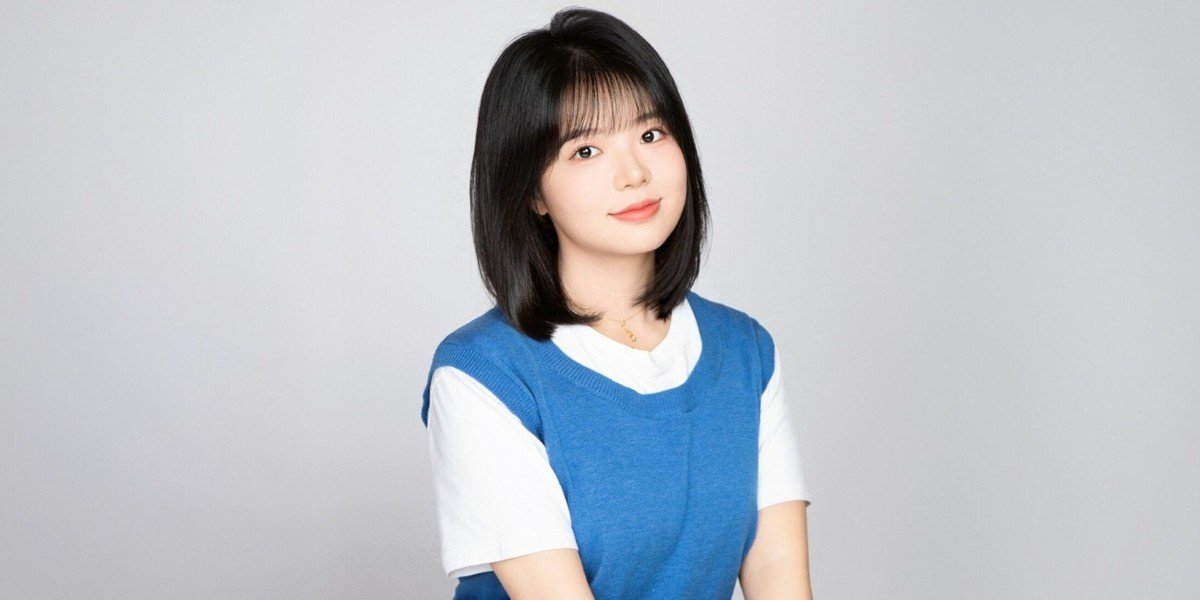Why Modern Moms Are Choosing Sophie’s Organics for Nutrient-Rich Baby Food
By: William Jones
For modern parents, choosing the right food for their little ones is about more than just flavor. It’s about safety, nutrition, and long-term well-being. That’s exactly what Sophie’s Organics delivers: a clean-label baby food brand that’s earning trust with its nutrient-rich, shelf-stable snacks designed to support growing bodies without compromise.
A Mother’s Mission Turns into a Business
Danielle, the founder of Sophie’s Organics, is more than a nutritionist. She’s a mother who recognized a serious gap in the baby food aisle. With a background in wellness and a master’s degree in nutrition, she realized that most pouches on the market lacked the essential vitamins and minerals babies need. So, she built something better.
Her goal? Create high-quality baby food pouches that support growth and brain development from the first bite. As a mom, she wanted food that tasted fresh and provided real nourishment. As a nutritionist, she knew it was possible, without the extreme heat and plastic packaging often found in conventional options.
Drawing on her background as a Los Angeles–based nutritionist and the determination of a first-time founder, Danielle pushed through her doubts and the long nights that come with building something new. Her own daughter was the inspiration behind every recipe, reminding her why persistence matters. She believes parents deserve better and that shelf-stable doesn’t have to mean nutritionally compromised.
Preserving Nutrients, Protecting Health
Many commercial baby food brands use a process called retort heating, which exposes ingredients to temperatures over 300 degrees before sealing them in plastic. Sophie’s Organics uses a gentler method. Their use of aseptic processing allows for quick heat treatment that removes harmful bacteria while maintaining important nutrients like vitamin A, C, and folate.
By sterilizing the packaging separately from the food, they avoid plastic contamination and maintain the integrity of each organic puree. From stage 1 baby food to toddler snacks, their goal is to keep every bite as safe and nourishing as possible.
What Makes Sophie’s Organics Stand Out
Every choice at Sophie’s is made with care. The company selects produce known to absorb fewer heavy metals, works with farms that prioritize clean water and healthy soil, and performs in-depth testing on ingredients and finished products.
From BPA-free packaging to plant-based baby food blends with no sugar added, every pouch is created with a purpose. Iron-rich baby food supports physical development. Brain-boosting baby food options include choline and prebiotics. No additives, no shortcuts; just nutrient-rich baby food that’s non-GMO, pediatrician-recommended, and parent-approved.
How to Read Baby Food Labels
Parents looking to make informed choices should check labels closely. Be cautious of:
- Hidden sugars (especially in fruit blends)
- Heavy use of preservatives
- Vague terms like “natural flavors”
- Products using high-heat, retort processing
Instead, look for clean baby food made with clear sourcing practices, consistent testing, and processing methods that help keep nutrients intact.
From the First Spoonful to Toddler Snacking
Whether you’re introducing new first foods or choosing healthy shelf-stable baby food for toddlers, Sophie’s Organics offers reassurance with every pouch. Each recipe is thoughtfully developed to support early development without compromising taste or safety.
Danielle knows this process takes persistence. As a first-time founder and mom, she built this brand from her kitchen with one goal in mind: feeding her daughter real food she could feel good about. That same commitment now drives every product Sophie’s creates.
Where to Learn More
Browse the full range of real, organic baby food, baby snacks, and toddler-friendly options at Sophie’s Organics. For guidance on early childhood nutrition and tips on choosing clean baby food, visit Sophie’s Organics’ blog for helpful insights and product highlights.




